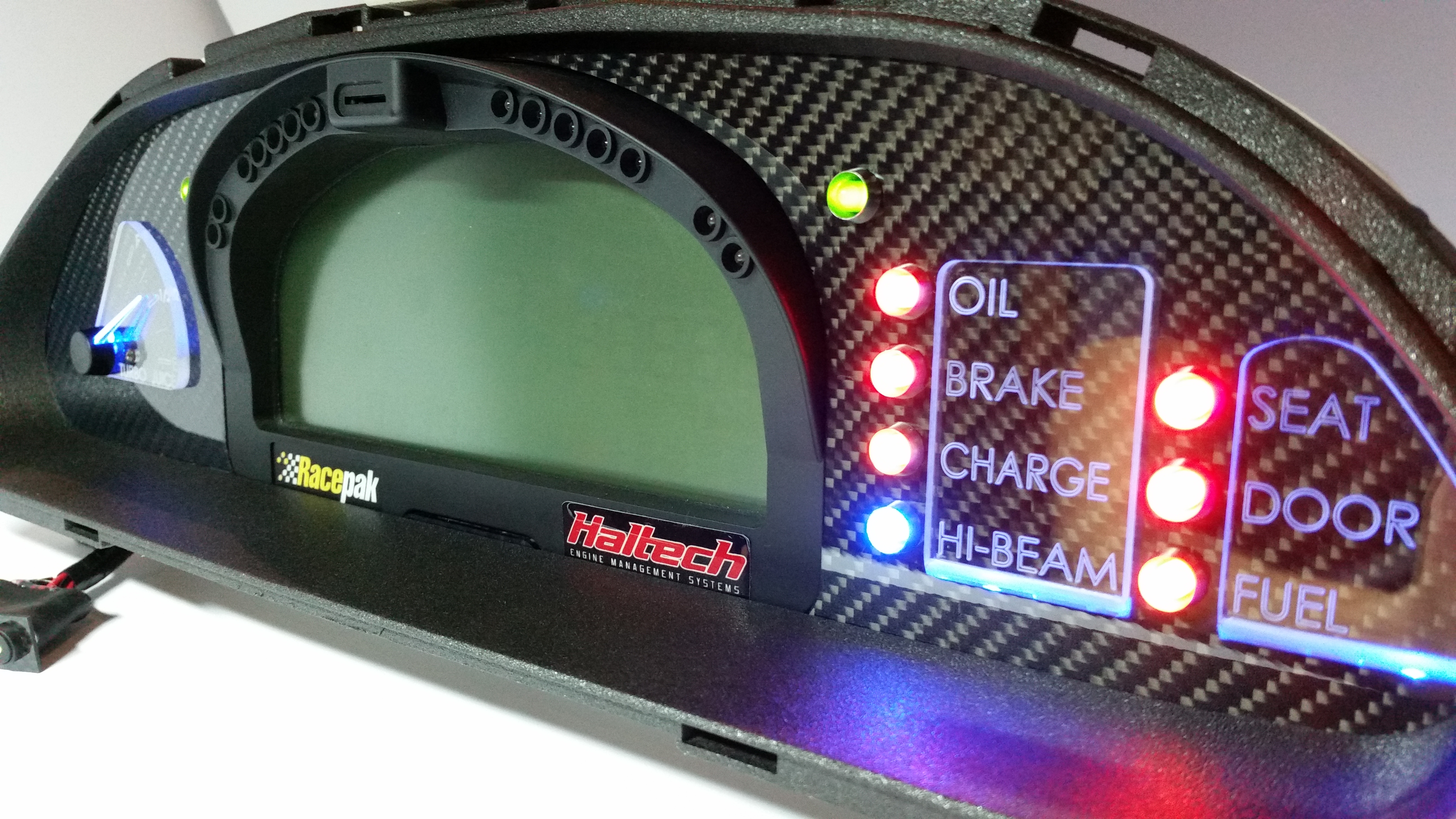

Mechanical gauges, on the other hand, give readings via a physical tube connection. They take measurements from a sensor installed in the engine bay. The sky’s the limit here: analog, digital, antique, modern, metal, wood grain, etc… Narrow your choices by considering what works best with the overall feel and design of your ride, but mostly decide between electric or mechanical gauges.Įlectric gauges are usually smaller and lighter, with a half sweep visual (think of the top quarter or half of a clock). Once you figure out exactly what options you want in your custom gauge cluster, pick a style. However, if you want a true and tailored view of both your engine and the modifications you’ve made, a custom cluster is your best bet. In this case, you can buy aftermarket clusters or simply fit a single aftermarket gauge to the dash. Sometimes you only need a few select gauges or potentially even just one. But if you’re running particular accessories like a supercharger or turbocharger, you’ll want to pick up the appropriate gauges to match, such as a boost gauge or air fuel ratio gauge. Any basic cluster will probably include a speedometer, tachometer, water temp gauge, oil pressure gauge, fuel level gauge, and an ammeter. Picking the Right Gauge OptionsĪttempt to balance your choices with your build w hen picking aftermarket gauges. This is just one more reason to build your own custom gauge cluster.

#Custom guage clusters upgrade
Whether you’re looking to upgrade or replace, finding gauges to match a factory setup can be difficult. Some modern and classic cars don’t even have factory-equipped tachometers, temperature gauges, or ammeters. And while many stock gauges give you an internal monitor of basic functions, the truth is they don’t offer as detailed or accurate a picture as we really need. They provide real-time feedback of engine conditions, allowing us to tap into the system and see what is and isn’t working.

Gauges are one of the most important parts of a vehicle’s operating system.


 0 kommentar(er)
0 kommentar(er)
